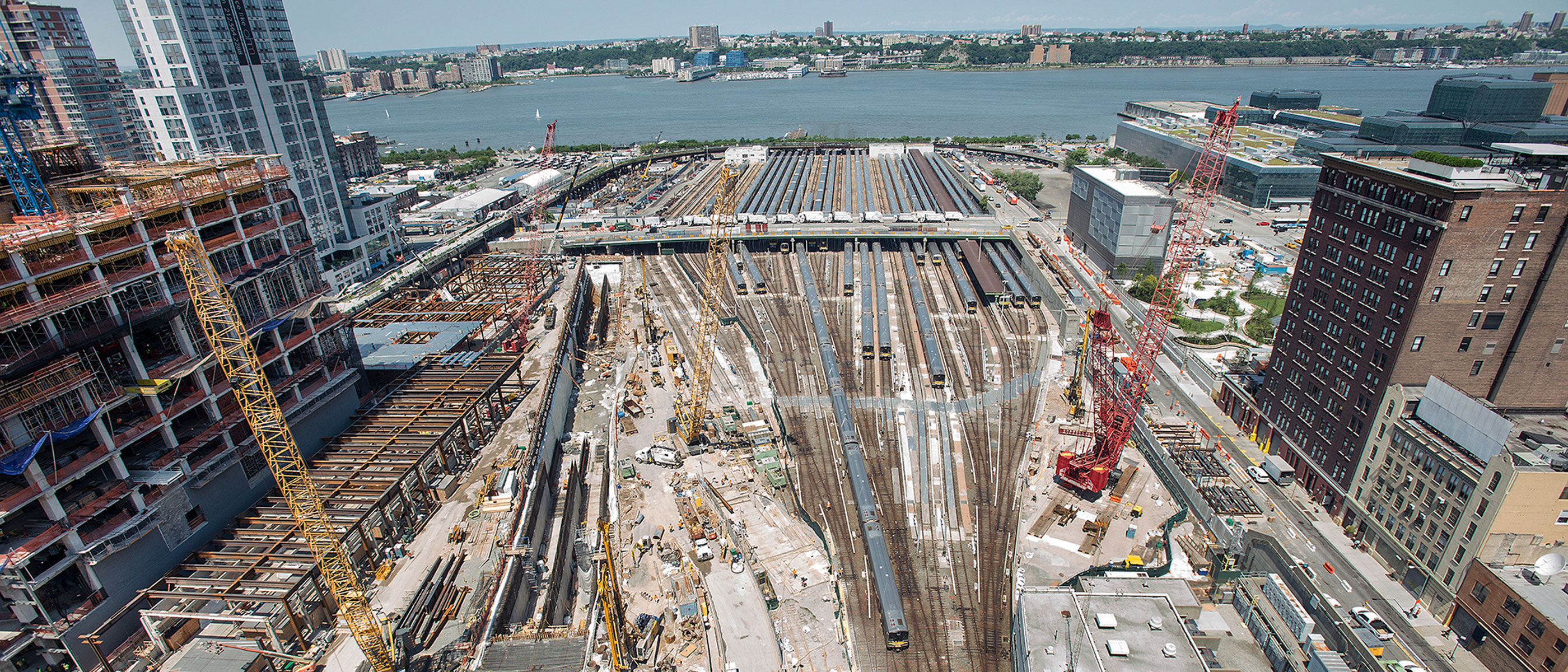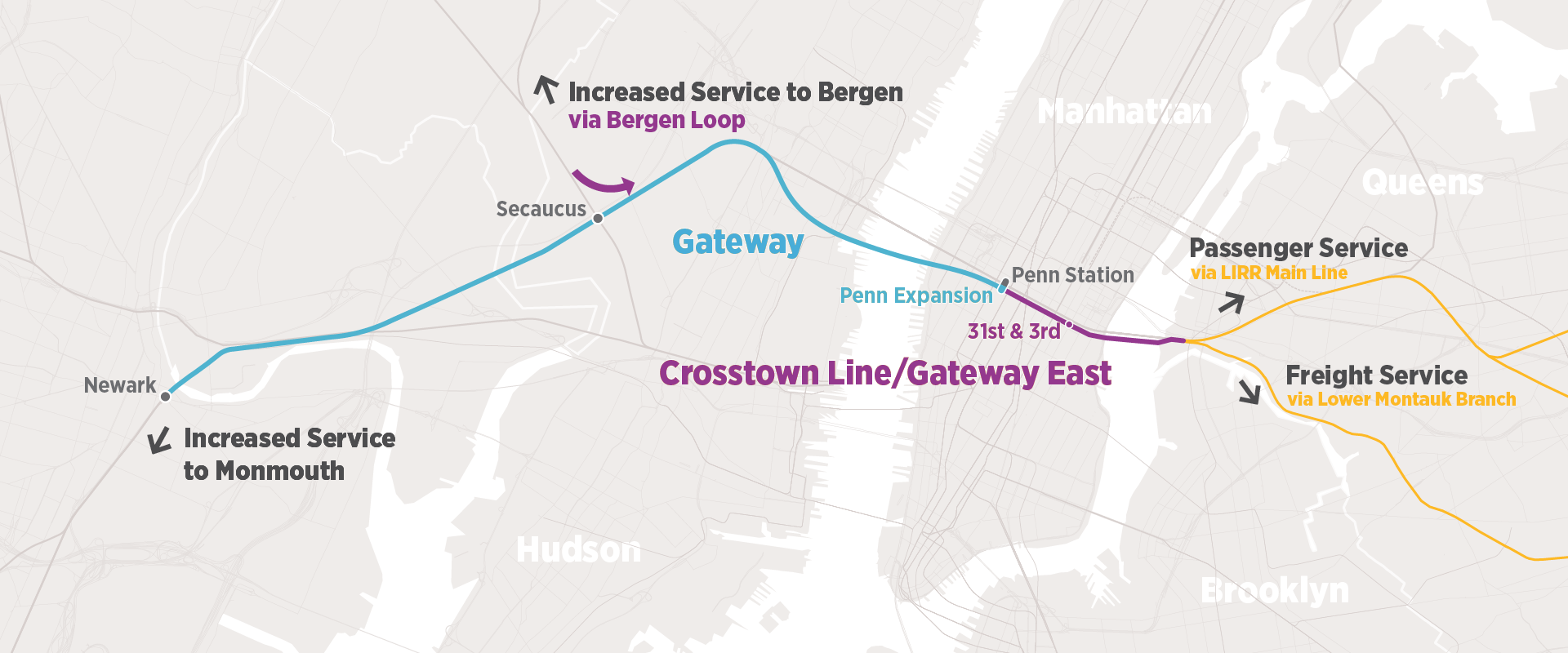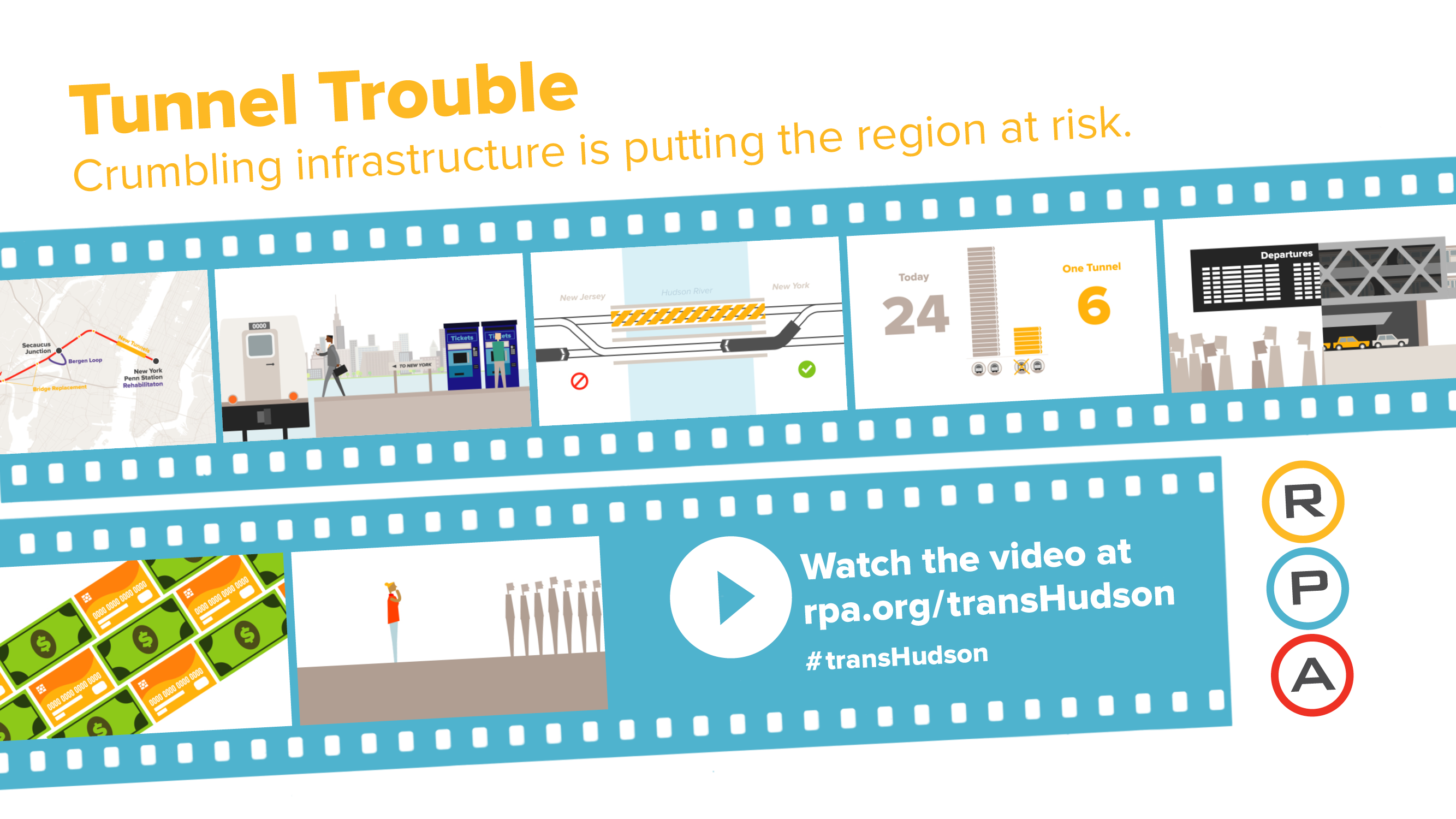
Despite existing train tunnels being at capacity for a long time, and flooding from Superstorm Sandy accelerating the need to conduct extensive repairs to them, the Gateway project is not expected to be completed until 2026 at the earliest. Considering the daily delays NJ Transit commuters and Amtrak travelers suffer every day, this is simply unacceptable.
Instead of terminating at Penn Station, Gateway should be extended to Sunnyside Yards in western Queens to provide Crosstown Service

Build a station at Third Avenue
A new rail station should be built at 31st Street and Third Avenue to provide New Jersey commuters better access to the region’s greatest concentration of jobs, in East Midtown. This station could also ultimately serve as a major hub station linking crosstown into the larger regional rail system proposed in this plan.
Use the new through-running tracks for freight during off-hours
Gateway East could become an important intra-regional freight rail line by connecting New Jersey’s rail freight network and the Ports Newark and Elizabeth with the Lower Montauk freight line in Queens. This would allow goods currently carried by trucks from New Jersey to Queens and Brooklyn to be shipped overnight via rail, thus reducing the number of noisy and polluting trucks crossing the two rivers and traveling through New York City.
At least one tunnel should be constructed to accommodate rail cars with a height clearance of up to 21 feet to enable the operation of freight during off-hours.
Outcomes
Paying for It
The Gateway Project as currently conceived is expected to cost $24-29 billion, including $17 billion for the tunnels alone. Turning it into a real crosstown service by extending tracks to Sunnyside Yards would add $4 billion in construction costs, plus indirect costs that can be as high as the construction costs. Like other major capital investments, a key to financing crosstown is to reduce the cost of building big rail projects.
Some of the revenue needed could come from new real estate development near the new Third Avenue station on the east side of Manhattan or a ticket surcharge, but most would require a new revenue source, such as carbon pricing or new tolling.
